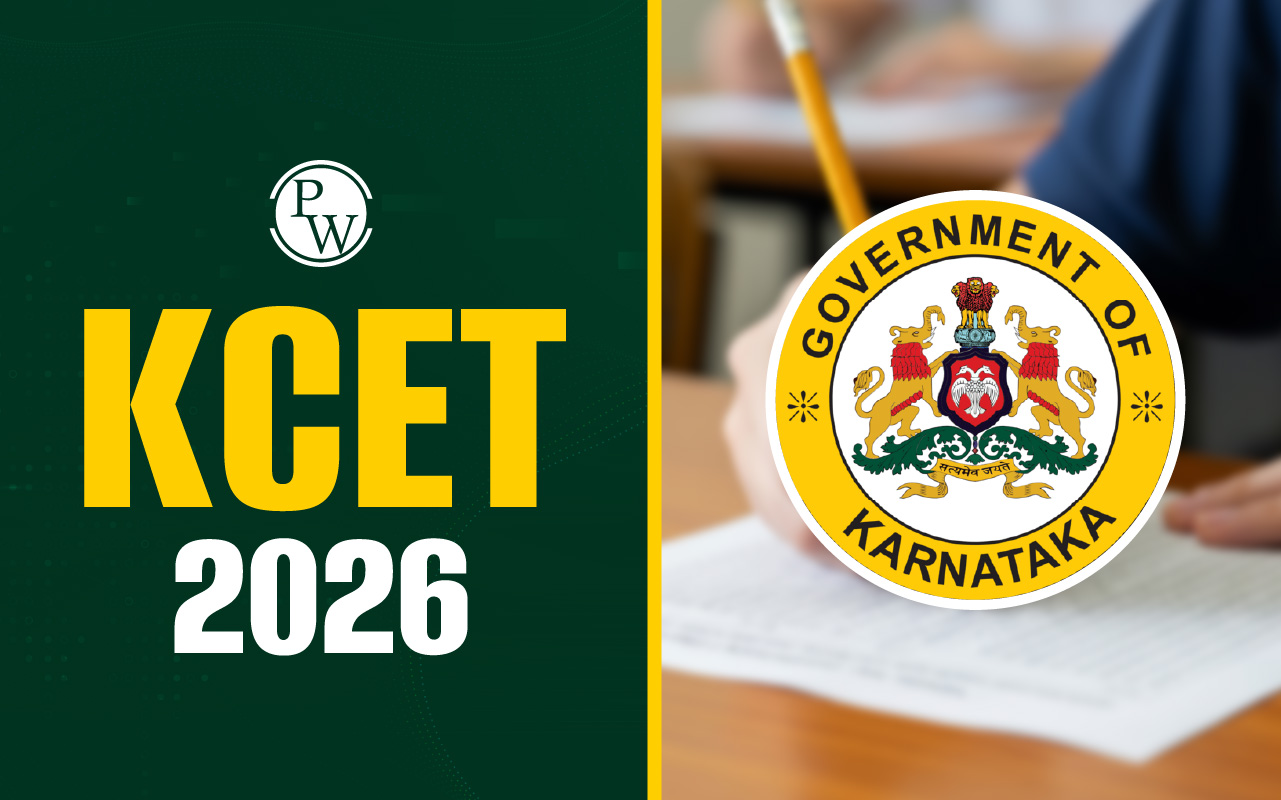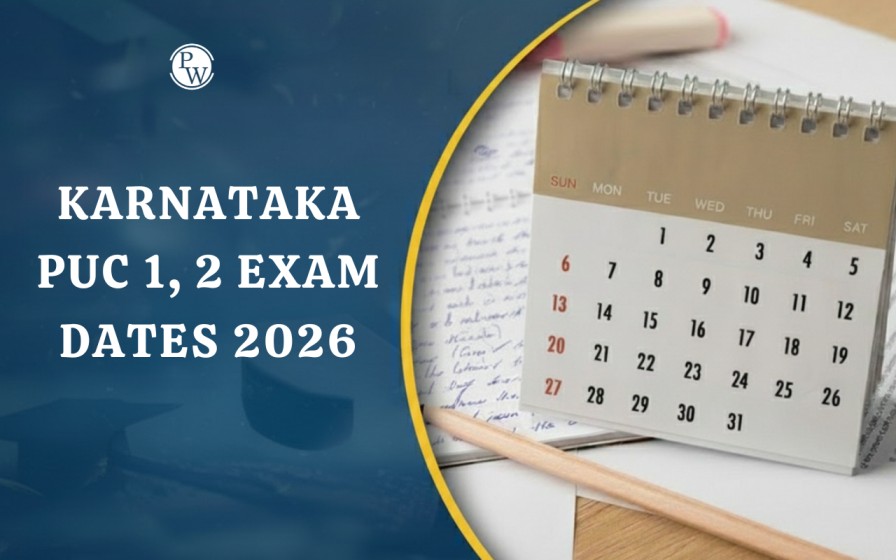
Karnataka 2nd PUC Economics Model Test Papers 2025 : Preparing for the Karnataka 2nd PUC Economics Exam 2025 can be challenging for students aiming to grasp the extensive syllabus and excel in the examination.
The Karnataka 2nd PUC Syllabus 2025 includes various topics, making it essential for students to have a clear understanding of the exam pattern and question types. Utilizing the Karnataka 2nd PUC Economics Model Test Papers 2025 is highly beneficial in this regard. These model papers provide insights into the exam structure, familiarize students with potential questions, and aid in effective time management. As per the tentative schedule, the Economics exam is slated for March 17, 2025. Students can download the PDF versions of these model papers below to enhance their preparation and boost confidence for the upcoming exams.Karnataka 2nd PUC Economics Model Test Papers 2025 Overview
The Karnataka 2nd PUC Economics Model Test Papers for 2025 provide a clear understanding of the exam format, question types, and marking scheme, helping students prepare effectively. Full details are provided below.| Karnataka 2nd PUC Economics Model Test Papers 2025 Overview | |
|---|---|
| Aspect | Details |
| Subject | Economics |
| Class | 2nd PUC (Class 12) |
| Academic Year | 2024-2025 |
| Exam Conducting Body | Karnataka School Examination and Assessment Board (KSEAB) |
| Availability | Available for download |
| Purpose | To help students understand exam format, question types, and marking scheme |
| Content | Sample questions based on the latest Economics syllabus |
| Format | PDF, downloadable online |
| Official Website | KSEAB Official Website |
| Additional Resources | Economics Blueprints, Previous Years' Papers |
Karnataka 2nd PUC Economics Blue Print for Model Test Papers
The blueprint for Karnataka 2nd PUC Economics outlines important topics, marks distribution, and question patterns. This guide helps students focus on key areas for better preparation. Detailed information in the PDF is provided below.| Karnataka 2nd PUC Economics Blue Print for Model Test Papers | |
|---|---|
| Title | Download |
| Karnataka 2nd PUC Economics Blue Print For Model Test Paper 2025 -1 | |
| Karnataka 2nd PUC Economics Blue Print For Model Test Paper 2025 -2 | |
| Karnataka 2nd PUC Economics Blue Print For Model Test Paper 2025 -3 | |
Karnataka 2nd PUC Economics Model Test Papers 2025
These model test papers offer sample questions aligned with the latest syllabus, giving students a realistic practice experience. The complete set of model papers can be accessed below for enhanced exam preparation.| Karnataka 2nd PUC Economics Model Test Papers 2025 | |
|---|---|
| Title | Download |
| Karnataka 2nd PUC Economics Model Test Paper 2025 -1 | |
| Karnataka 2nd PUC Economics Model Test Paper 2025 -2 | |
| Karnataka 2nd PUC Economics Model Test Paper 2025 -3 | |
How to use Karnataka 2nd PUC Economics Model Test Papers 2025 best result?
Note Down Repeated Mistakes - As you solve model papers, keep a simple list of any mistakes you make. Write down what went wrong and how you can correct it. Reviewing this list helps you remember not to repeat the same mistakes in the real exam.
Explain Answers to Yourself - After solving a question, explain the solution to yourself in simple words. Pretend you’re teaching someone else. This helps you understand the topic better and remember it longer.
Relate Topics to Everyday Life - Try to connect Economics concepts, like supply and demand, to things you see in everyday life, such as why some products cost more than others. This makes the subject feel more real and easier to remember.
Draw Simple Diagrams for Each Paper - After finishing a model paper, draw a simple summary diagram or chart of the main topics covered. This makes it easier to quickly review important points later and gives you a clearer picture of the topics.
Practice Small Sections with a Timer - Instead of solving the whole paper at once, set a timer and try finishing small sections quickly. This helps you work faster and manage your time better for the real exam.
Turn Difficult Questions into Short Notes - If any questions are challenging, write short notes on how to solve them. Review these notes regularly, so you feel more confident when similar questions appear in the exam.
Practice Clear, Organized Answers - Use the model papers to practice writing neat, organized answers. Try to make each point clear and avoid adding unnecessary details. Practicing this way helps you score better and stay on track during the exam.
Sort Questions by Easy and Hard - After completing a model paper, mark questions you found easy and others that were harder. This helps you focus more on the difficult areas during your revision.
Focus on Common Question Types - Pay attention to question types that appear frequently across model papers. These are likely to be important and worth revisiting in your final revision.
Karnataka 2nd PUC Economics Model Test Papers 2025 FAQs
1. What are the Karnataka 2nd PUC Economics Model Test Papers 2025?
2. Where can I access the 2025 Economics Model Test Papers?
3. How should I use these model test papers effectively?
4. Do these model papers cover the entire Economics syllabus?










